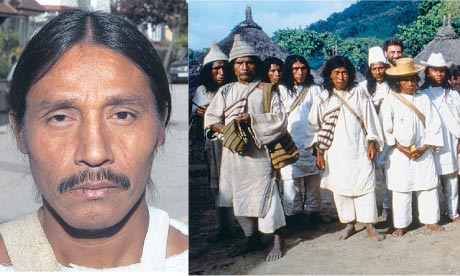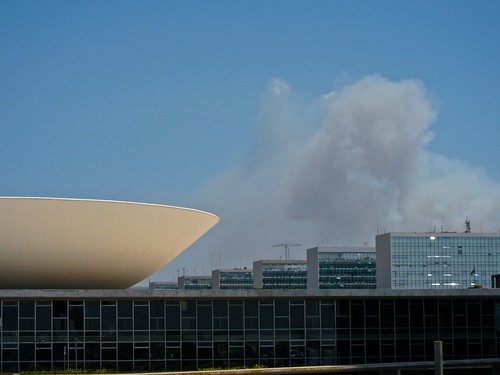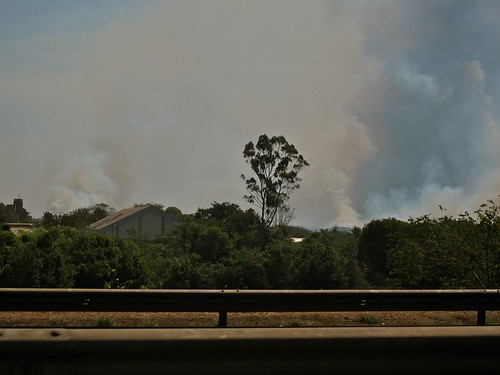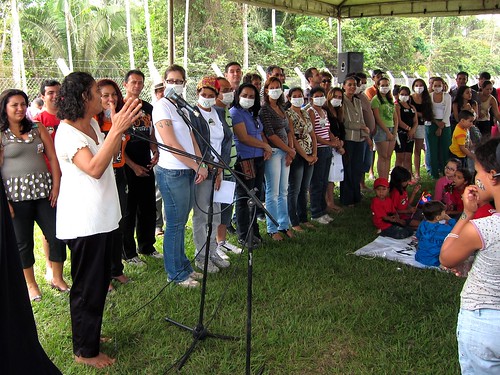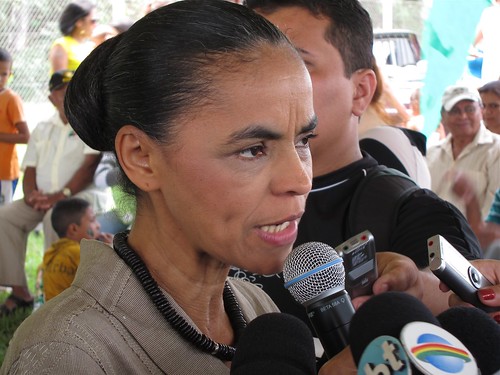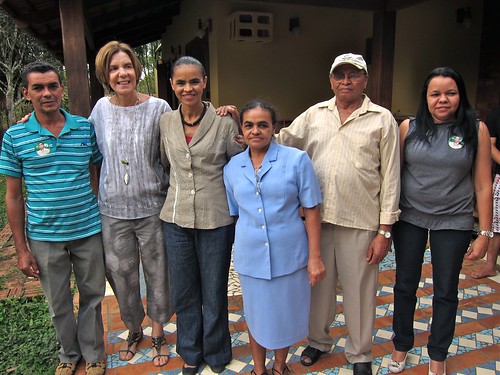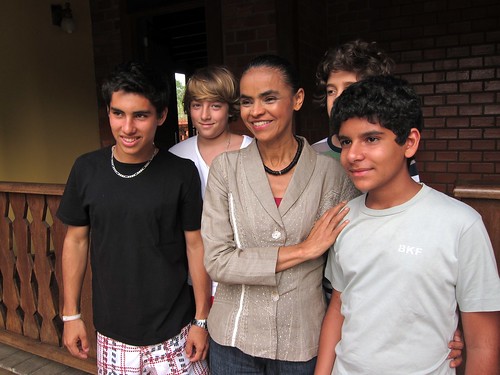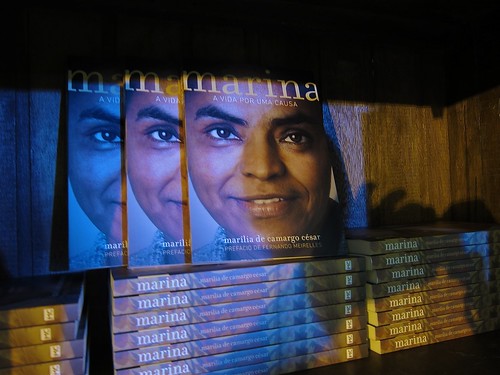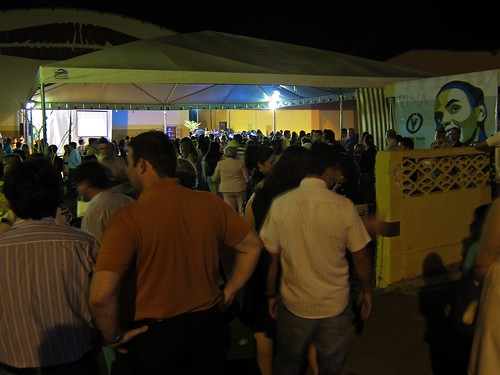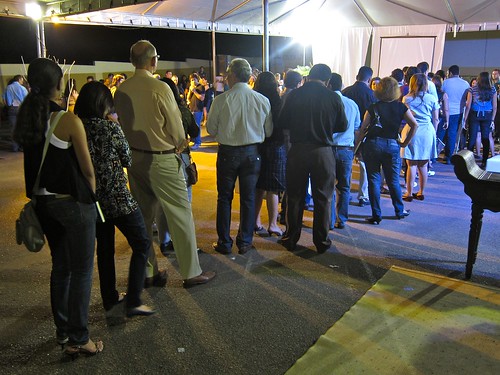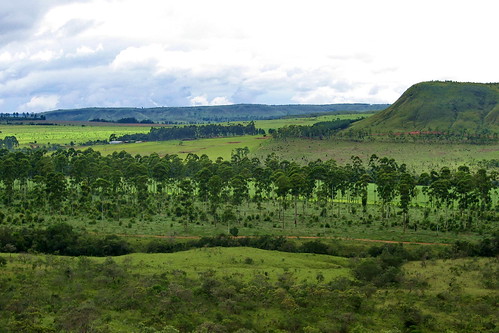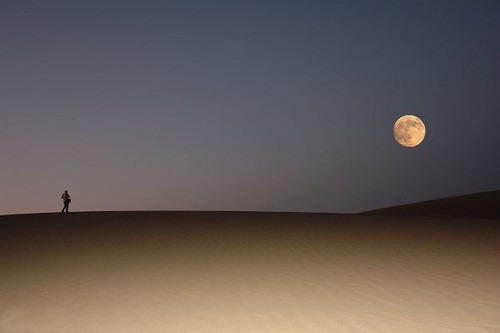A DEEP BOW OF GRATITUDE TO JOE RILEY
It is so easy, in this complex and difficult world of our uncertain collective future, to fall into anger or despair in reaction to the many atrocities against people and nature. I have these "difficult moments" almost daily in an endless process of finding some balance in face of harsh realities.
One of my persistent guides toward balance comes from Joe Riley's great Panhala email and web service that provides a fountain of inspiring poetry and images.
Here are two recent arrivals:

Waking
Get up from your bed,
go out from your house,
follow the path you know so well,
so well that you now see nothing
and hear nothing
unless something can cry loudly to you,
and for you it seems
even then
no cry is louder than yours
and in your own darkness
cries have gone unheard
as long as you can remember.
These are hard paths we tread
but they are green
and lined with leaf mould
and we must love their contours
as we love the body branching
with its veins and tunnels of dark earth.
I know that sometimes
your body is hard like a stone
on a path that storms break over,
embedded deeply
into that something that you think is you,
and you will not move
while the voice all around
tears the air
and fills the sky with jagged light.
But sometimes unawares
those sounds seem to descend
as if kneeling down into you
and you listen strangely caught
as the terrible voice moving closer
halts,
and in the silence
now arriving
whispers
Get up, I depend
on you utterly.
Everything you need
you had
the moment before
you were born.
~ David Whyte ~
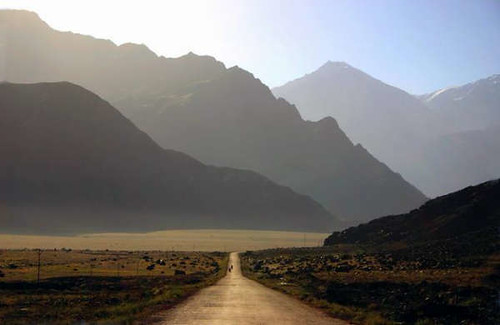
In the Middle
of a life that's as complicated as everyone else's,
struggling for balance, juggling time.
The mantle clock that was my grandfather's
has stopped at 9:20; we haven't had time
to get it repaired.
The brass pendulum is still,
the chimes don't ring.
One day you look out the window,
green summer, the next, and the leaves have already fallen,
and a grey sky lowers the horizon.
Our children almost grown,
our parents gone, it happened so fast.
Each day, we must learn
again how to love, between morning's quick coffee
and evening's slow return.
Steam from a pot of soup rises,
mixing with the yeasty smell of baking bread.
Our bodies
twine, and the big black dog pushes his great head between;
his tail is a metronome, 3/4 time.
We'll never get there,
Time is always ahead of us, running down the beach, urging
us on faster, faster, but sometimes we take off our watches,
sometimes we lie in the hammock, caught between the mesh
of rope and the net of stars, suspended, tangled up
in love, running out of time.
~ Barbara Crooker ~

